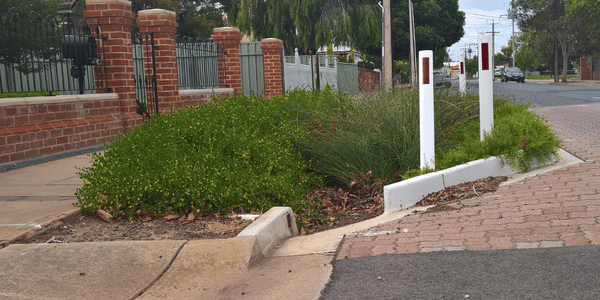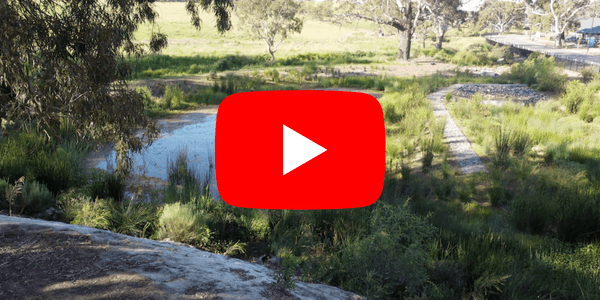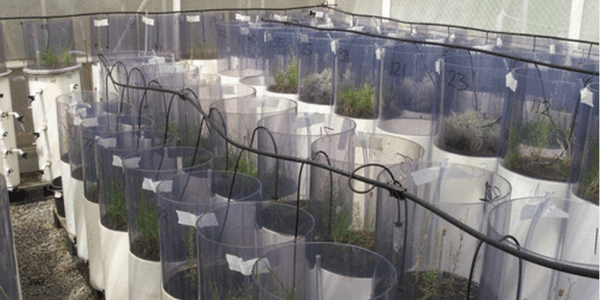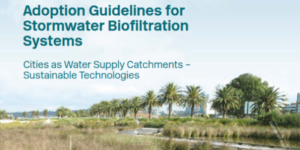What is a biofiltration system?
Water biofiltration is the process of improving water quality by filtering water through biologically influenced media. Stormwater biofiltration systems are known as biofilters, bioretention systems and raingardens.
A typical biofiltration system consists of a vegetated swale or basin overlaying a porous filter medium (usually soil-based) with a drainage pipe at the bottom. Stormwater is diverted from a kerb or pipe into the biofiltration system, where it flows through dense vegetation and temporarily ponds on the surface before slowly filtering down through the filter media.
What is a raingarden? Source: Resilient East
Types of biofiltration systems
Streetscape raingardens
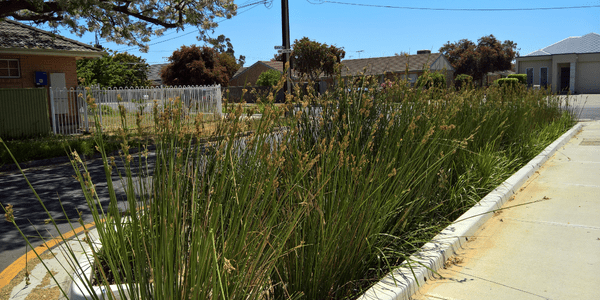
Jarman Terrace, Flinders Park
Biofiltration basins
 Unity Park, Pooraka
Unity Park, Pooraka
Biofiltration swales
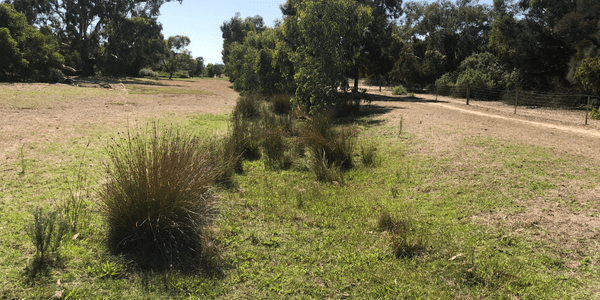
Dover Street Reserve, Aldinga
Why choose a biofiltration system?
As at 2013, it was estimated (that stormwater contributed 6,180 tonnes of sediment (77% of total annual load of sediments to marine waters) and 150 tonnes of nitrogen to the Gulf St Vincent every year. (Adelaide Coastal Water Quality Improvement Plan ACWQIP PDF, EPA 2013). Biofilters have been proven to be effective at removing pollution transported via stormwater runoff before it reaches our waterways and coastal environments.
Read more ...A decline in the health of seagrass beds and reefs off the Adelaide coastline and change in quality of water has been caused by an increase in nutrients (primarily nitrogen), suspended solids (or sediments) and coloured dissolved organic matter (CDOM) from stormwater discharges to the coast. These discharges have promoted the growth of epiphytes and reduced light levels for seagrass which destroys the ecosystems and alters the integral structure of the coastal waters and habitats.
This has led to the loss of over 5,000 hectares of seagrass off the Adelaide coastline prior to the commencement of the ACWS research in 2001. Reef health has also been adversely impacted by elevated levels of nutrients and sediments. Increased nutrient levels result in greater macroalgal growth that smothers the reef systems. Increased loads of sediment are also known to affect reef systems.
The ACWQIP recommends a reduction in sediment loads of 50% from 2003 levels to allow sufficient light levels for seagrass to grow. It is also recommended that steps should be taken to reduce the amount of coloured dissolved organic matter (CDOM) in waters discharged by rivers, creeks and stormwater drains.
The ACWQIP adopts a holistic approach to coastal management for the whole Adelaide coastline. It advocates the application of water sensitive urban design (WSUD) to reduce stormwater flows and sediment inputs to the coast from greenfield sites, infill development sites and the replacement of urban infrastructure. The ACWQIP promotes the catchment to coast philosophy which acknowledges that activities occurring on the land impact on our coastal waters and need to be appropriately managed.
Technical resources

Inspection & maintenance guidelines | Biofilters

Standard drawings






